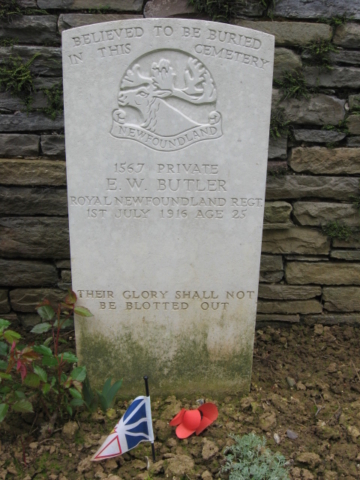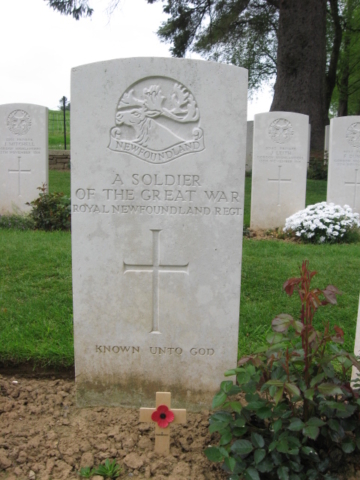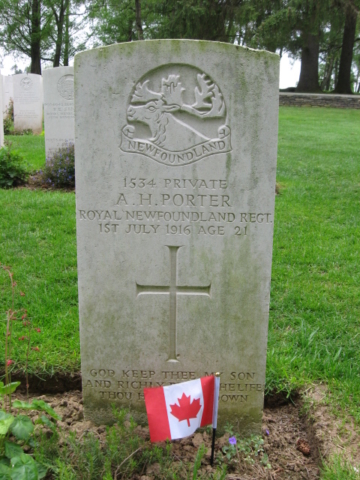We are leaving the Second World War sites for now as we enter the area where most of the First World War battles took place, along the French/Belgian border.
Vimy
Getting there and around the Vimy area: There are many memorials, battlefields and cemeteries to see in the Vimy area, not just the prominent Canadian monument. Getting to see them is difficult if you don’t have a car. You could take trains, buses and taxis, but it would be challenging, and you may end up walking back to the nearest town if there is no taxi around. Also, the expense may add to almost as much as renting a car. Therefore, we took the train back to Lille from Dunkirk and rented a car.
A car is unnecessary if you only want to see the Canadian memorial park and not other places. You can take a taxi to the memorial from the town of Vimy. You can get to Vimy by train.
History
Vimy Ridge is an escarpment in north-eastern France. It is seven km long with an elevation of 60 metres. The Germans captured the ridge in October 1914 and held it for most of the war.
The French 10th Army tried to capture the ridge in May 1915. However, they failed in their attempt, and by September 1915, they had 150,000 casualties.
In February 1916, the British gave it a try. But unfortunately, they also failed to capture the ridge and added thousands more to the casualty list.
The Canadian Army took over the attack in October 1916. Up to this point, the Canadians were considered “colonials”, meaning they were inferior to the British Army. Canada was to prove them wrong.
The standard procedure for an attack then was to first bombard the enemy position for several days with artillery and then charge with infantry. The enemy would spend the artillery bombardment in underground bunkers and trenches, mostly unaffected by it. But then, they knew the attack would begin when the artillery stopped firing. So they came out of their trenches, set up their machine guns, and when the soldiers attacked, they mowed them down by the thousands.
This was not working, and the Canadians decided to do things differently. Being “colonials”, they did not consider themselves obliged to follow the standard rules of attack. Canada was very fortunate at this time to have two excellent leaders. The overall commander was Major Alan Brooke, who was British. Sir Arthur Currie was the commander of the 1st Canadian Division during the Battle of Vimy Ridge. He was later promoted and made commander of the whole Canadian Corps. Lt Col McNaughton was in charge of the artillery.
Before the battle, McNaughton had invented a new use for artillery. He thought artillery could be used to destroy enemy artillery This had never been done before. Artillery was normally far to the rear of the battlefield, and their exact position would be unknown. Up to this time, artillery was used only against infantry. McNaughton devised a method called “spot-flashing” and “sound-ranging”, which is too complicated to describe here but basically, it enabled them to find the enemy artillery positions when they fired.
As for the infantry, Currie cared a lot about his men and was not about to make a third suicidal charge up the ridge. Between these three men, they came up with an entirely new method of attack.
When the British and French armies attacked enemy positions, the private soldiers knew nothing of the battle plan except that they were to charge when their officer blew a whistle. In the Canadian Corps, it was decided that every soldier would be briefed on the plan. And the plan was different from any previous infantry attack, so this was vital.
The plan was first to try to take out the enemy artillery. Then the Canadian artillery would begin a creeping barrage First, firing low on the ridge and gradually aiming a little higher up the hill until finally hitting the top The main difference is that the infantry, instead of waiting for the artillery to stop firing, began going up the hill during the artillery barrage.
Each time the artillery aimed a little higher up the hill, the infantry would advance a little further, staying just far enough behind to be safe.
The Canadian Infantry Corps had practised this behind the lines all winter. Also, with every soldier knowing the plan, a private could take over the Corporal’s job if he were killed, and the Corporal could take over the Sergeant’s job. The Senior NCO could also assume the officer’s duties if they were killed. No other army could do this as the lower ranks had no idea of the battle plan or the duties of their superiors.
The attack began on Easter morning, 9 April 1917 after 13 days of shelling by the artillery. Three divisions of the German 6th Army were waiting for them at the top. When the artillery finally stopped firing, the Germans came out of their trenches expecting the attack to begin, and they would shoot the infantry down as they charged up the hill, as they had done in the past. However, with the creeping barrage, the Canadian infantry had been advancing up the ridge during the bombardment instead of waiting for it to stop. When the Germans came out of their trenches, the Canadians were there waiting for them.
Previous attacks on Vimy Ridge by the British and French armies had taken months and cost 200,000 casualties. The Canadians captured most of the ridge in two days and had captured the entire area by the third day. The cost to Canada was 3,598 soldiers dead and 7,000 wounded.
Implications
The Battle of Vimy Ridge had far-reaching implications for Canada. It was not only an outstanding military success. In addition, it was perceived as Canada becoming a nation. Although Canada had been an independent dominion in the British Empire since 1867, we were still considered a British colony. The Battle of Vimy Ridge is one of the most important events in Canadian history.
The Monument
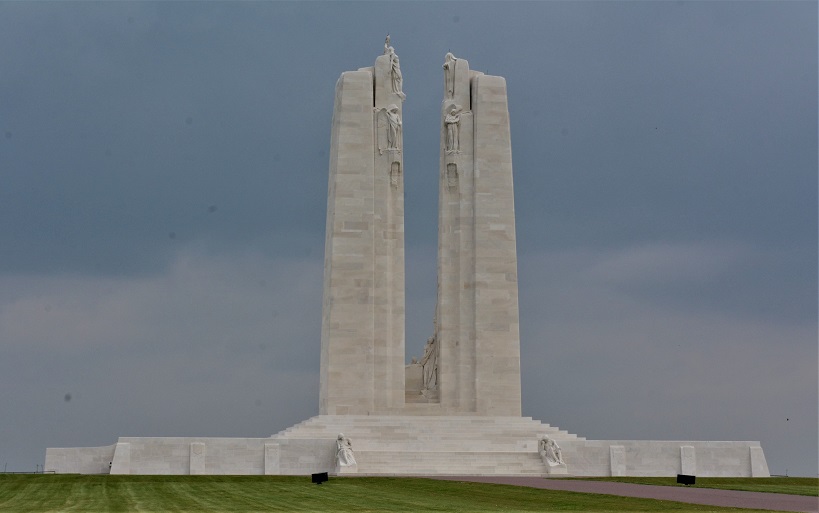
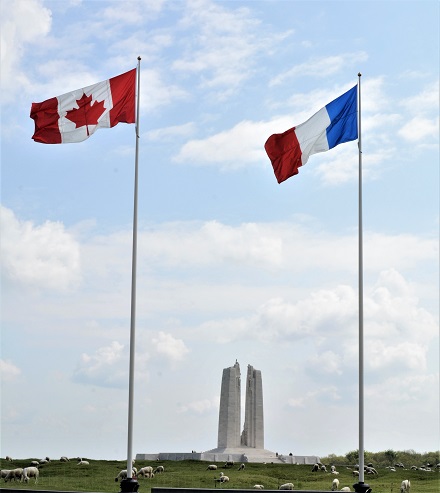
The construction of the monument took 11 years. The first two years were spent searching for the perfect stone. Limestone from Croatia was finally chosen. After that, another nine years were spent constructing and carving the monument. I have seen a lot of monuments in my travels around the world, but I think the Vimy Memorial is the most impressive and beautiful.
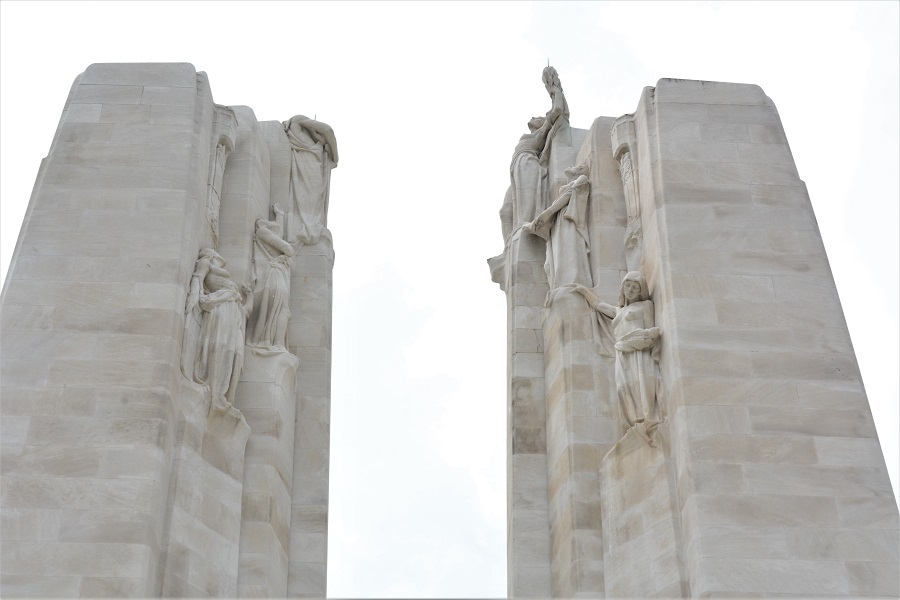

There are 20 exquisite carvings around the monument and on the twin 30-metre towers.

One carving stands separate from the others on the wall surrounding the towers. It is a sad female figure looking down at the battlefield where many Canadians were killed. The statue is known as “Canada Mourning” It is truly emotional.
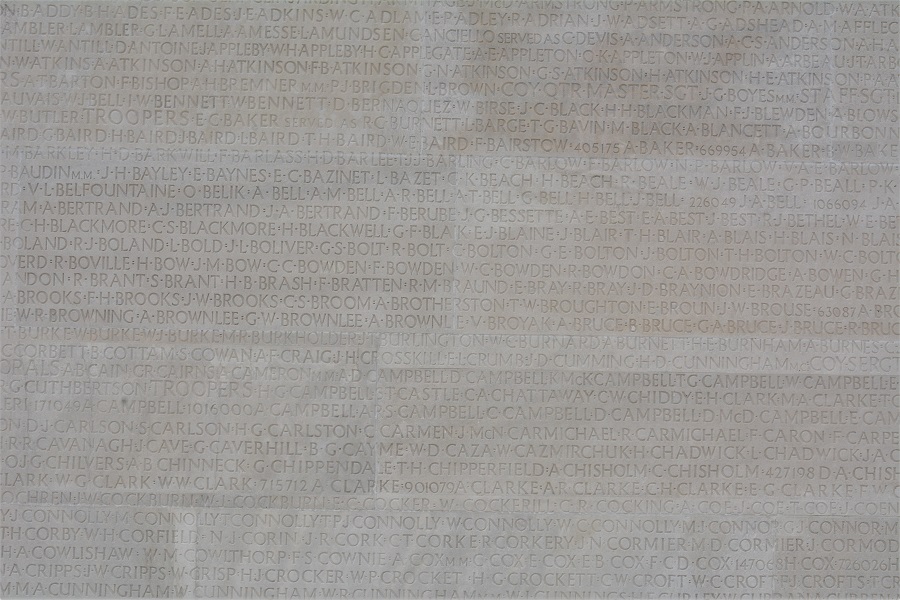
The base of the monument is carved with the names of Canadian soldiers. Besides the dead buried in cemeteries, thousands of soldiers were lost and never found again. Today, the battlefield is a pleasant park with many trees and birds singing. Try to imagine what it was like during the war. There were no trees as they had all been blown away by artillery. There was not even any grass. The whole area was a sea of mud and water. Add to this massive craters caused by artillery and other explosives. Soldiers wounded or seeking cover fell into these craters and disappeared in the mud. They are still there under the battlefield today. Nearby farmers often find bodies when cultivating their land to this day. The names on the monument are those whose bodies were never found. A total of 11,000 of them. (Not only from Vimy but all of France during the war).
The Park
The park consists of 100 hectares donated by France for a memorial. During the war, one would not have been able to walk around the area. Besides the fact that you would probably get shot, there were other dangers. All the trees and plants were blown away by artillery and other explosives. The area consisted entirely of mud and water and carters. Many soldiers fell into the craters and were never seen again.
More than 100 years later, grass and trees cover the former battlefield. The area is very peaceful, and birds are singing. But it is still not safe to walk around. Much of the park is fenced off due to unexploded munitions.

Except for the area around the monument, which has been groomed, the park is still a landscape pockmarked with craters.
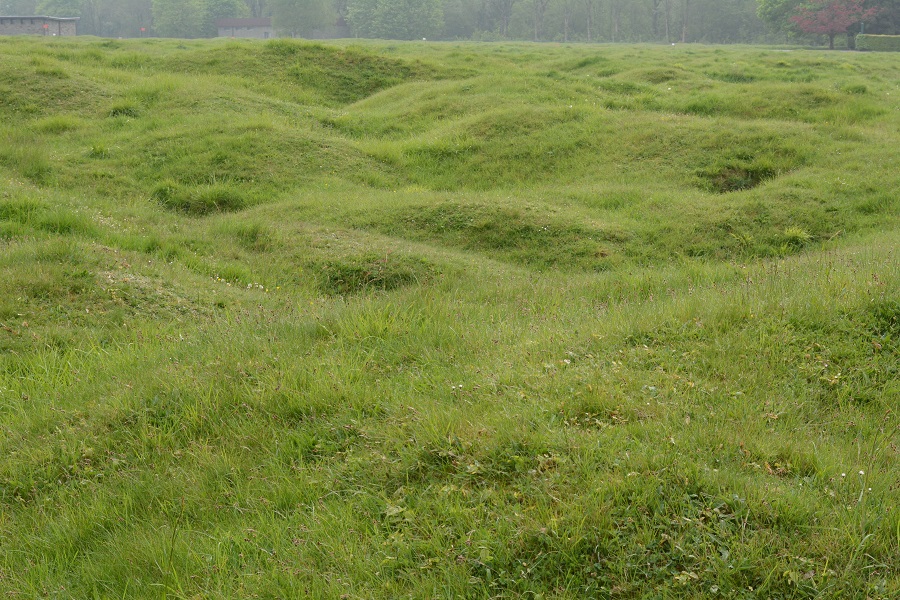

The Trenches
At the visitor’s centre, there is an excellent little museum. Here you can also take a guided tour of the trenches and tunnels. It is free and well worthwhile.
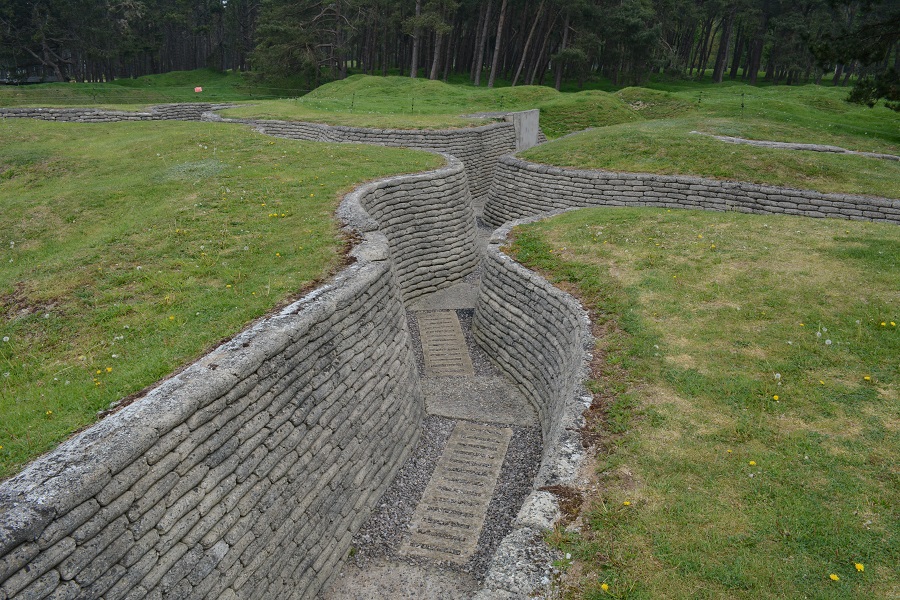
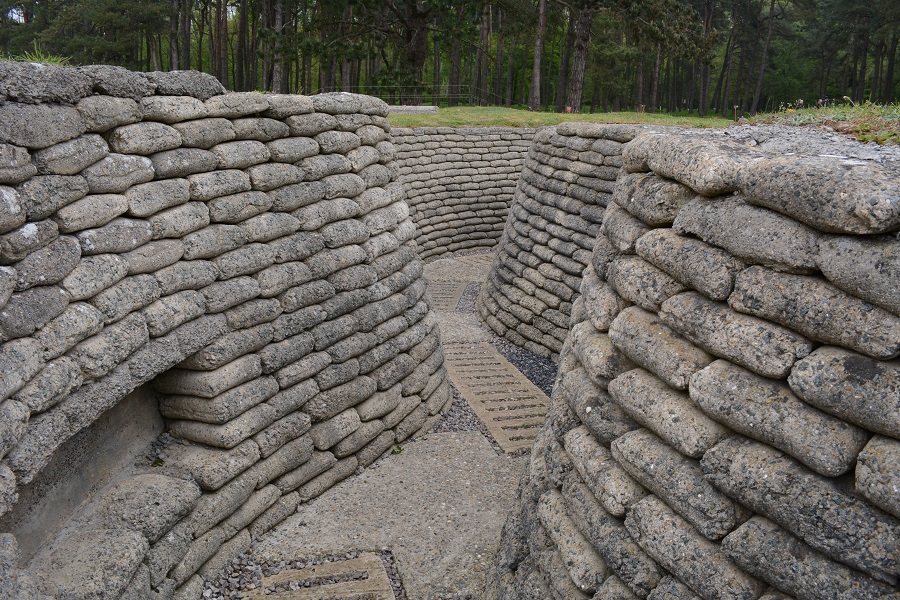
The Tunnels
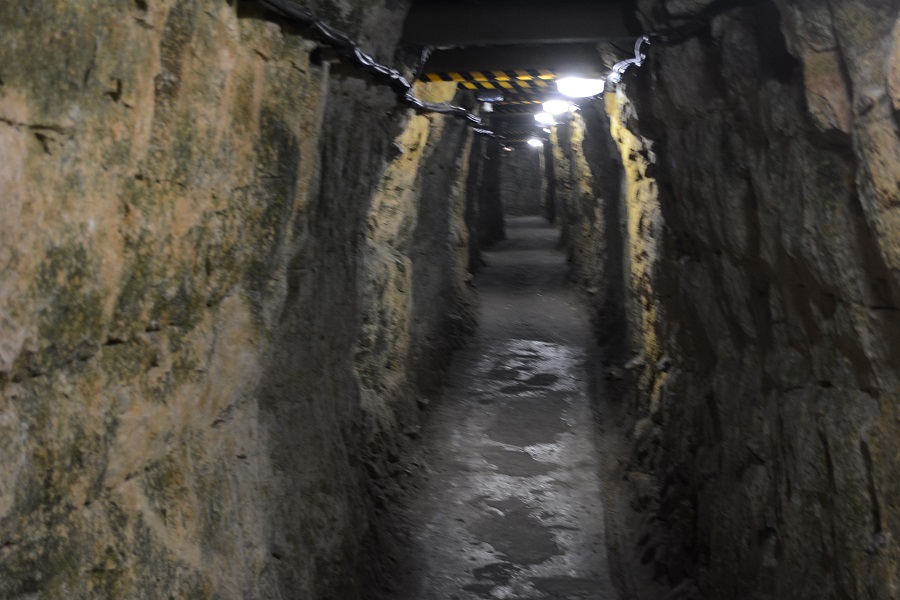
The French were the first to occupy the area around Vimy Ridge. They dug about eight km of tunnels to move about without being seen by the enemy. All the tunnels were dug by hand within six months. The British and Canadians who came later probably expanded and improved the tunnels but did not change them too much.
The night before the Canadians attacked Vimy Ridge, the soldiers moved into the tunnels and waited until the time to attack. Then, using the tunnels, they could begin their attack much closer to the enemy than if they started at their trenches.
The land for the park was donated by France and is deemed to be Canadian Territory. So when you are in the park, you are in Canada, not France. Much like entering an embassy.
The Cemeteries
There are two cemeteries within the park. However, they represent only a tiny number of the Canadians killed at Vimy Ridge The majority of them were never found.
Canadian Cemetery #2
The Cemeteries were initially numbered. Most of them were later given a name. However, for some reason, this one was never named. Despite being called a Canadian cemetery, I think there are more British soldiers than Canadians buried here, as well as Australian and New Zealanders. Later, I will visit a British cemetery with more Canadians than British. At this time, there was not much distinction between Canadian, British, Australian or other Commonwealth soldiers.
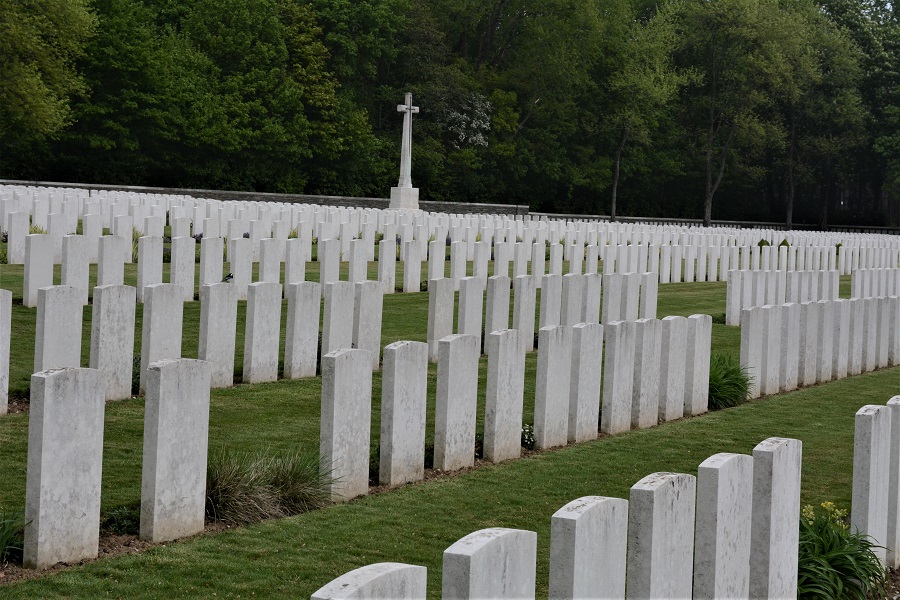
Click photos to enlarge.

An unknown Canadian soldier. All of the wartime cemeteries have some of these. Sometimes they could identify the country and regiment but sometimes not even that.

Most of the cemeteries have a few of this type. This soldier is buried somewhere in this cemetery, but they don’t know exactly where. Often soldiers were buried temporarily after a battle, but later they could not find their graves. This soldier at least has a tombstone and is known to be in this cemetery. Many were never found at all.
Givenchy Road Canadian Cemetery
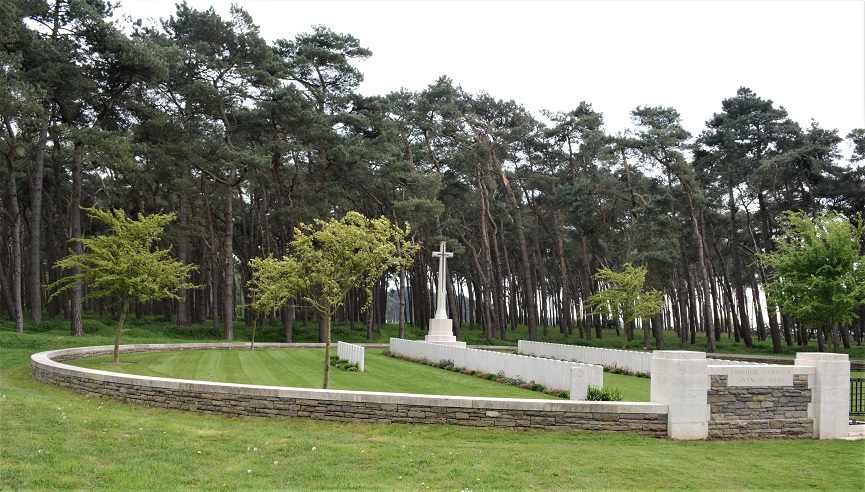
Within sight of Cemetery #2 is the small Givenchy Road Canadian Cemetery.
Givenchy en Gohelle Canadian Cemetery
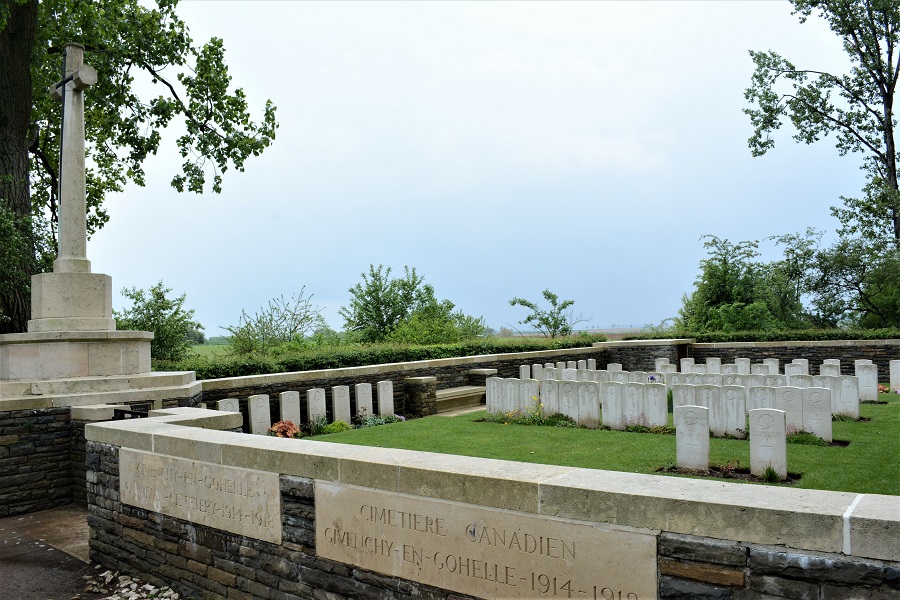
Outside the park is the tiny Givenchy en Gohelle Canadian Cemetery. I don’t recommend going there unless you have a particular reason to do so. It is located a long way down an awful, single-lane road. If you have a relative buried there and want to go, the staff at the visitor centre will help you with directions. It is a bit difficult to find.
Beaumont-Hamel
Fighting at Beaumont-Hamel was part of a sizeable allied offensive called the Battle of the Somme. In 1916, the front line was in the area of the cities of Cambrai and Arras. The Canadians attacked in the area of Cambrai. The Scottish Highland regiments and the Newfoundlanders at Beaumont-Hamel with the rest of the French and British troops all along the front line. Fighting had been stalemated along this line since 1914. Then, on the first of July 1916, the Battle of the Somme began.
The Newfoundlands and the Highlanders jumped out of their trenches and ran toward the German lines, some 500 metres away.
It was a slaughter. Out of 100,000 British Commonwealth troops, 57,000 were killed, wounded or missing. The Newfoundland Regiment suffered the worst of all. Out of 800 soldiers in the Regiment, only 68 were left standing the next morning.
And that was just the first day of the Battle of the Somme. This went on for months. In the end, the Allied had more than 650,000 casualties. The reward for all these lives was that the Allies advanced the front line about ten km.
The Park

The symbol of the Newfoundland Regiment is the caribou. Today, a majestic bronze caribou overlooks the battlefield where many Newfoundlanders died. The Beaumont-Hamel Memorial, like Vimy, is a Canadian National Park, the only two outside of Canada.
Starting from the memorial, there is a path that circles the park. The first part takes you through the trenches the Allies used. The next stop on the circuit is the cemetery.

Click photos to enlarge.
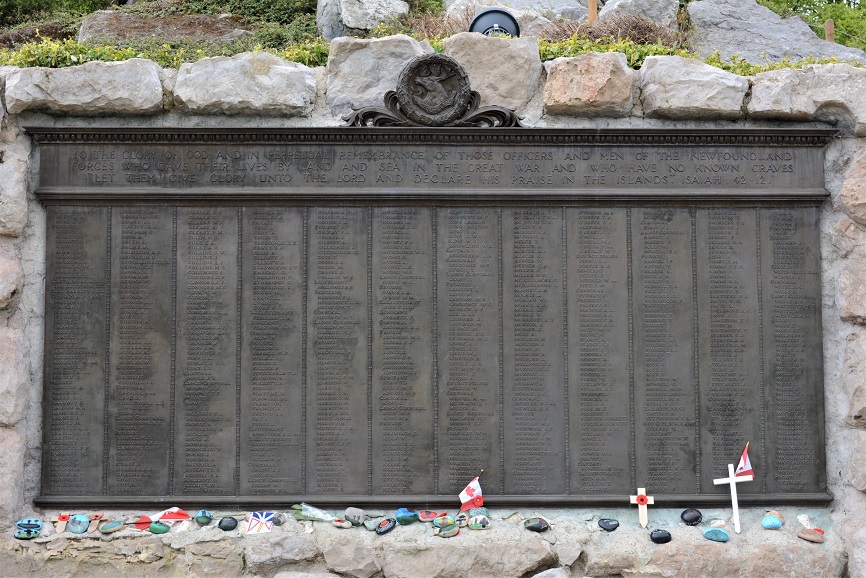
The cemetery holds only a tiny fraction of the Newfoundlanders that were killed at Beaumont-Hamel. The vast majority of them were never found in the muddy battleground. Their friends buried some, and the grave site is unknown. A huge bronze plaque near the caribou monument displays the names of all Newfoundlanders with no known grave.
Next on the walk (I went in an anti-clockwise direction toward the cemetery. You can walk in either direction) is the former German trenches that are still clearly visible. Look back to the monument, and you will see the open battlefield that the soldiers were expected to cross, directly into the face of the German machine guns. It seems incredible today that the generals would send their soldiers into such danger. But, at the time, charging straight toward the enemy was the standard battle procedure.
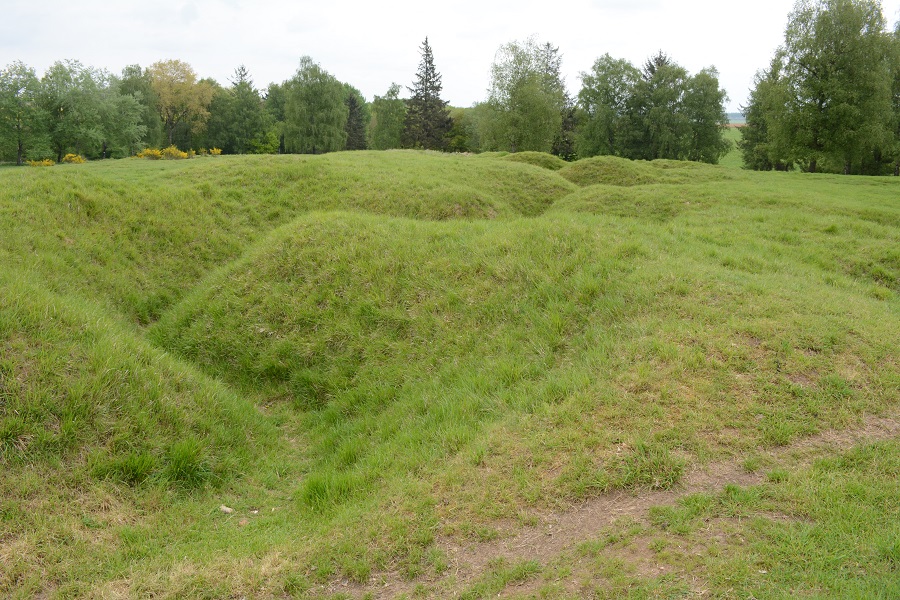
Next, you will come to the monuments for the Scottish Highland regiments at the furthest point from the caribou monument. The Newfoundlanders fought alongside the Black Watch, Gordon Highlanders and other highland regiments.
The Beaumont-Hamel Memorial Park is not in the town of Beaumont-Hamel as you might expect, and there are no signs in Beaumont-Hamel to direct you. Instead, from Beaumont-Hamel, go to the next town called Auchonvillers, then proceed about one km more on highway D73. When you get close to the park, you will see the Canadian flag signs when you no longer need them.
Newfoundland and Canada
At the time of the First World War, Newfoundland was not part of Canada. It was a separate dominion in the British Empire along with Canada, Australia, India and New Zealand. Newfoundland joined up to become a province of Canada in 1949. July 1st is Canada Day (called Dominion Day during the war). This is a day to celebrate the country’s creation in 1867. However, it is also the date that so many Newfoundlanders died at Beaumont-Hamel. Today, July 1st is a mixture of celebration and sadness in Newfoundland. While it is a day to celebrate our great country, it is also a memorial day in Newfoundland for the loss of so many young men in a single day.
The Sheep
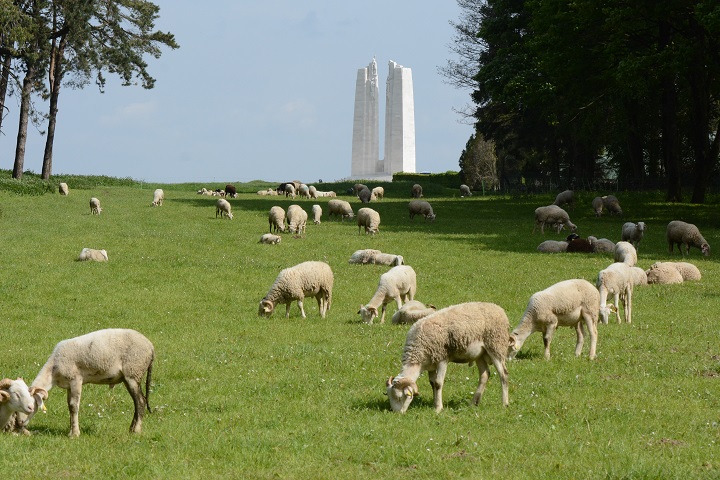
At both Vimy and Beaumont-Hamel, parts of the park are fenced off, and people cannot enter due to the danger of unexploded munitions. So how to cut the grass in these areas? The Canadian government maintains a flock of about 400 sheep that keeps the grass short. Don’t worry; they are not heavy enough to set off any explosives, and they do not dig such as pigs and some other animals would. Instead, they cut the grass where it is not safe to walk. Why not?
The Battle of Cambrai
The Battle of Cambrai took place from 27 September to 11 October 1918. It was the first battle to employ the mass use of tanks. British, Canadian, New Zealand, and Newfoundland troops attacked the German positions with 476 British tanks.
The attack was an overwhelming success, and the area around the city of Cambrai was captured. However, the success did not last very long. The Germans conducted a massive counterattack, and most of the lost land was recaptured.
The result was mostly a tie, with more than 40,000 casualties on each side.
The Canadians had the most difficult area. They were tasked to capture the large canal near the city, called Canal du Nord and the heights of Bourlon Wood which overlooked the canal. The Canadian portion of the Battle of Cambrai was successful but at a high cost. More than 13,600 Canadians were killed or wounded.
The Canadians finished off the battle with the capture of Cambrai between the 8th and 10th of October.
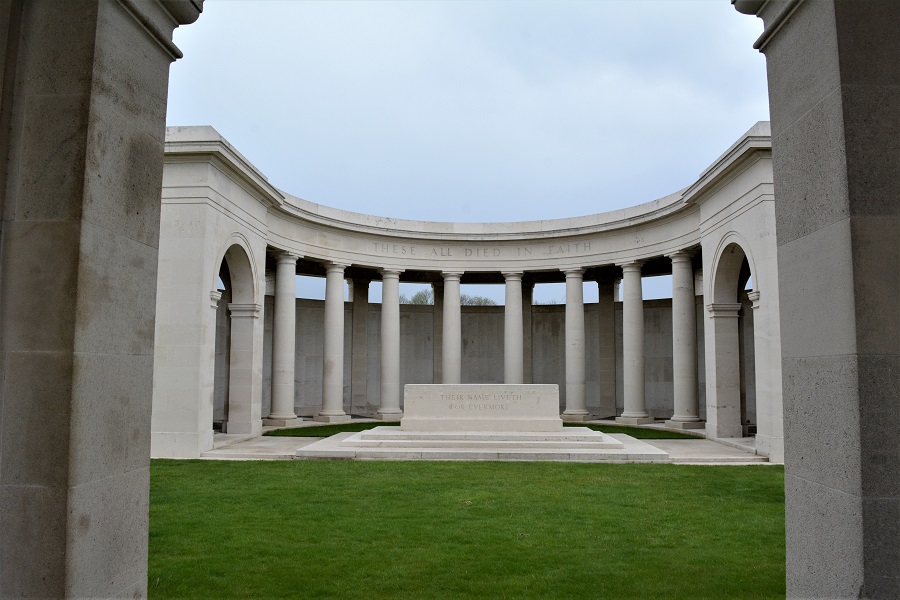
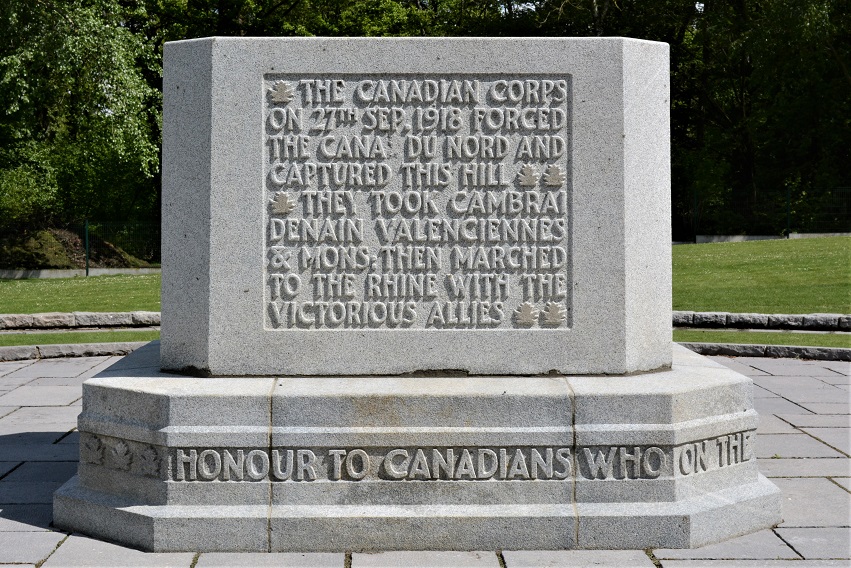
The Cemeteries at Cambrai
The city of Cambrai is surrounded by military cemeteries, primarily British and Canadian, resulting from the Battle of Cambrai. There are four Canadian cemeteries.
The Ontario Cemetery
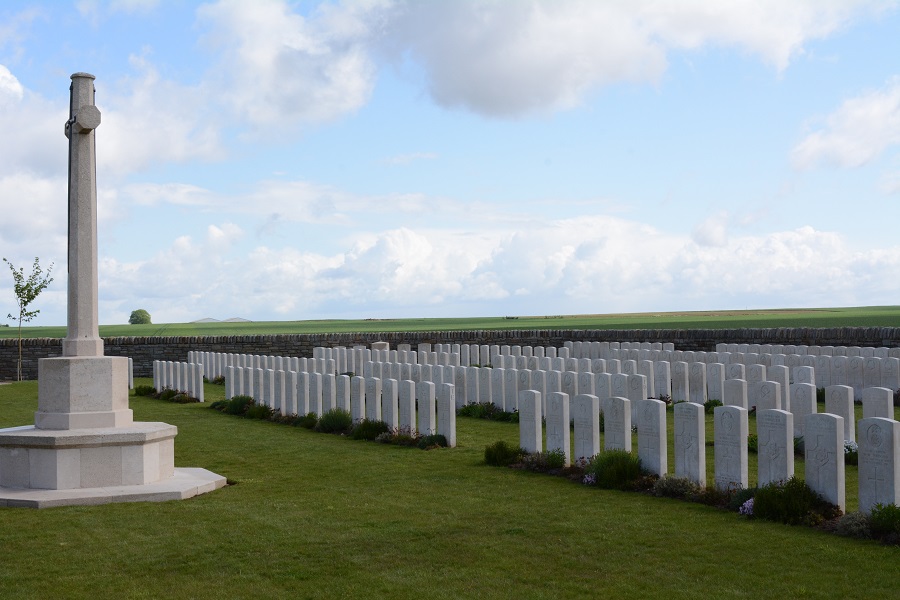

AT the Ontario Cemetery. I came across graves of Princess Patricia’s Light Infantry for the first time “Ontario” is just the name of the cemetery and does not mean that the soldiers in it are from Ontario.
The Ontario Cemetery is located south of the town of Sains les Marquion on highway D15.
The Canadian Cemetery
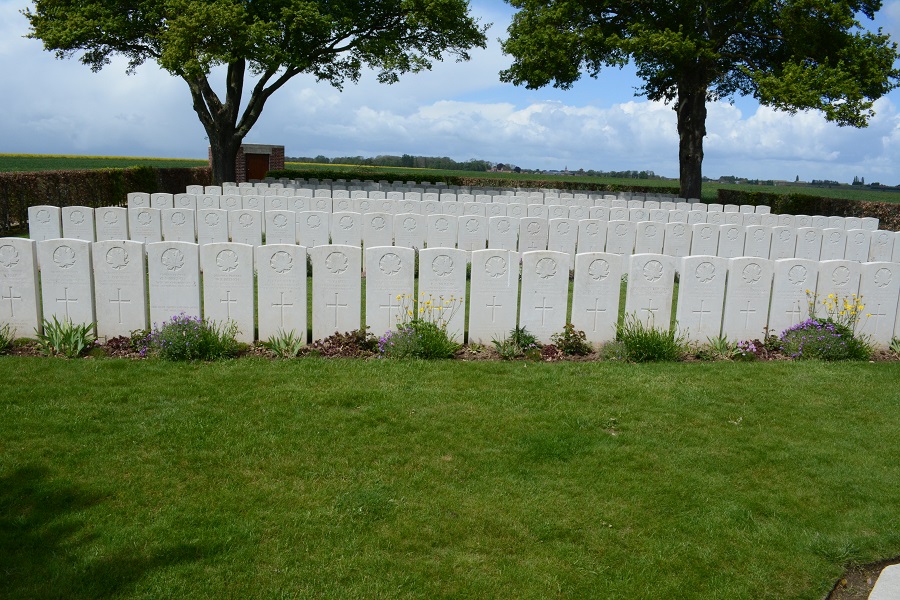

There are many Canadian cemeteries in France, but this one is named simply “The Canadian Cemetery”.
The small Canadian Cemetery is located between the towns of Sancourt and Raillencourt Sainte Olie on highway D140. Unfortunately, there is no place to park off the highway.
The Canada Cemetery
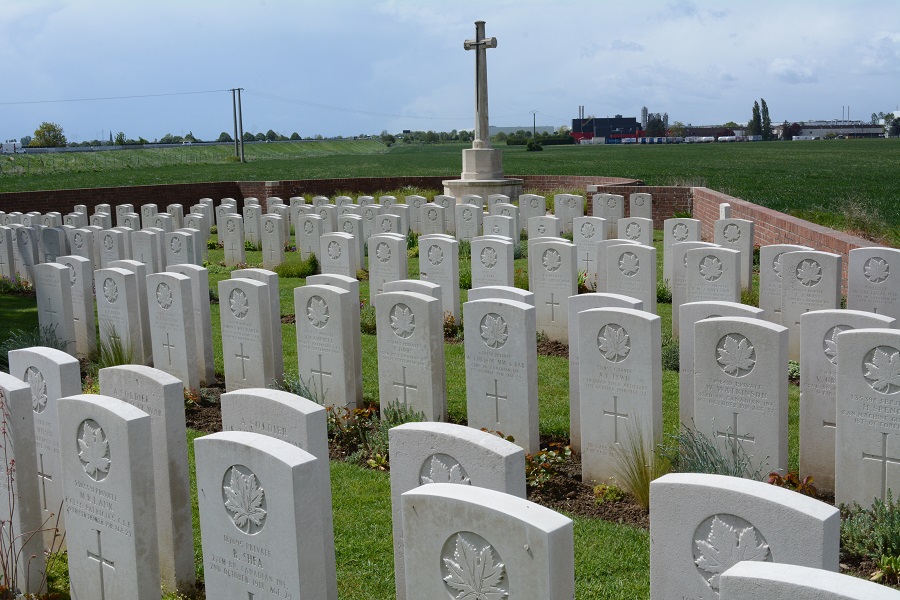

The grave of a Canadian pilot. Although many cemeteries are named as Canadian, this one is called “The Canada Cemetery”
The Canada Cemetery is near the town of Tilloy les Cambrai where highway D49 crosses the E19 freeway (Note that the Canada Cemetery and the Canadian Cemetery are two different places).
The Niagara Cemetery

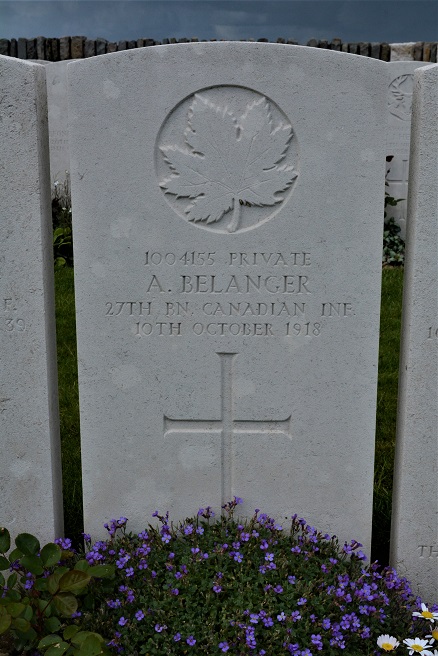
“Niagara” is simply the name chosen for this Canadian cemetery and does not mean that the soldiers buried there are from the Niagara region.
I was sad to see the dates on the graves here. Just one month before the end of the war.
The Niagara Cemetery is located south of the town of Iwuy on highway D118.
Souchez
The town of Souchez, which is not very far from Vimy, has an excellent war museum called Memorial 14-18. The museum’s emphasis is on photos and history and less on artefacts. Well worth a visit.

The Ring of Remembrance
The Ring of Remembrance is a fantastic tribute to those killed in the First World War in France. From the outside, it looks like a plain black wall. The entrance is via a tunnel. Inside the circle, the wall is inscribed with the names of all the soldiers killed in France in the First World War.


The circle is about the size of a football field. The wall has 294,000 British Empire names of soldiers from England, Wales, Scotland, Ireland, Canada, Newfoundland, Australia, New Zealand, South Africa and India. In addition, there are the names of 106,000 French soldiers, 2,300 from Belgium, and 2,300 from Portugal. There are also the names of 174,000 German soldiers. The names are listed alphabetically without regard to rank or country. Allies could be listed beside an enemy soldier if their names are similar. The entrance tunnel is inscribed with the word “peace” in several languages. It is a beautiful tribute to those killed in the war and to peace for the future.
The Battle of Hill 70

After the Battle of Vimy Ridge, the next task for the Canadians was to capture Hill 70. The hill is located near the city of Lens, about ten km away. It needed to be captured because it overlooked Lens, and from there, artillery would be able to shell any troops in the city. The hill is named for its height – 70 metres above sea level.
After an artillery barrage, the Canadians attacked and captured Hill 70 on 15 August 1917. The Germans counterattacked the hill 21 times, but the ring of 250 Canadian machine guns kept them from re-taking it.
Loos British Cemetery
Although this is labelled as a British Cemetery, it contains the graves of those British Empire soldiers killed at Hill 70, the city of Lens, and the surrounding area. A large number of them are Canadian.
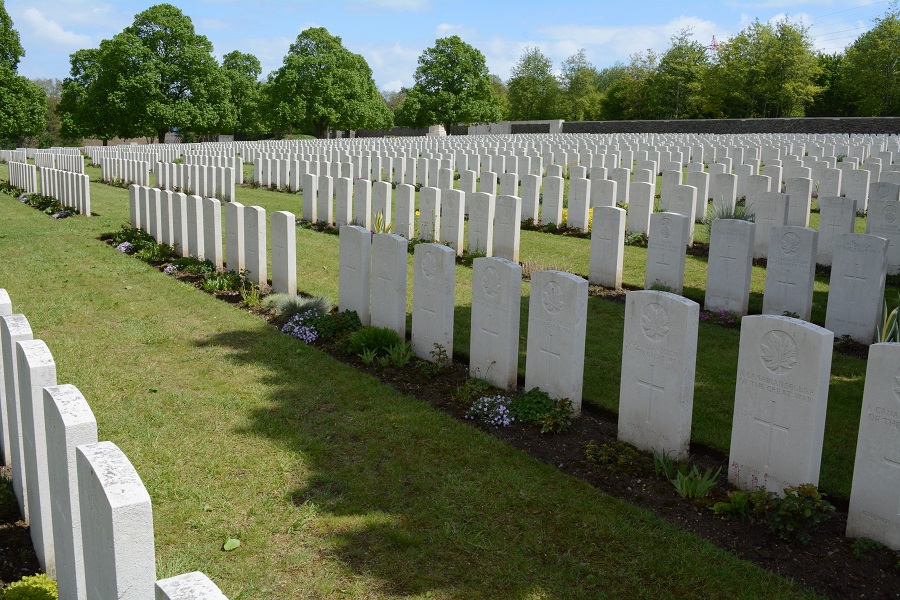
The Battle of Hill 70 was even more brutal than other horrendous battles of the First World War Wounded and dead soldiers were hit again and again by artillery. After the battle, a significant number of bodies were unidentifiable.
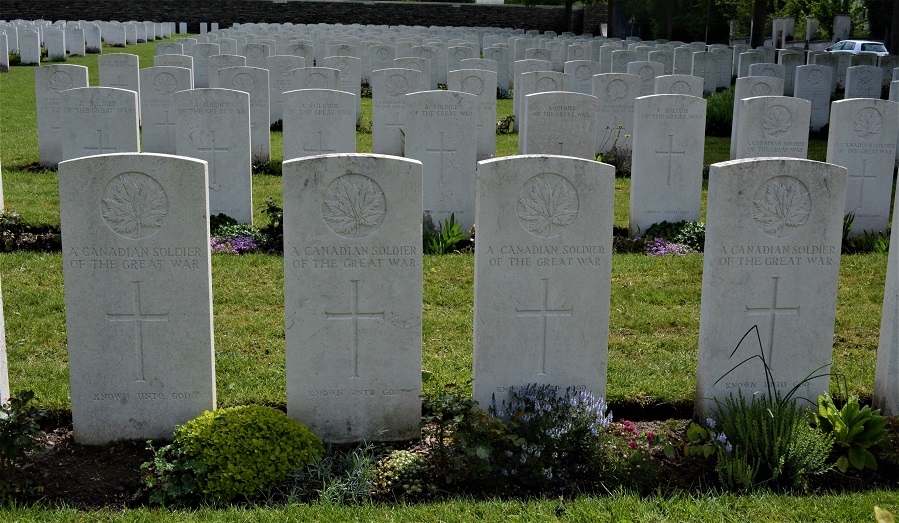
The Loos Cemetery near Hill 70 is proof of the horrible battle. It contains almost 3,000 graves, of which about 2,000 are unidentified. The photos above show a whole row of Canadian soldiers whose bodies they could not identify.
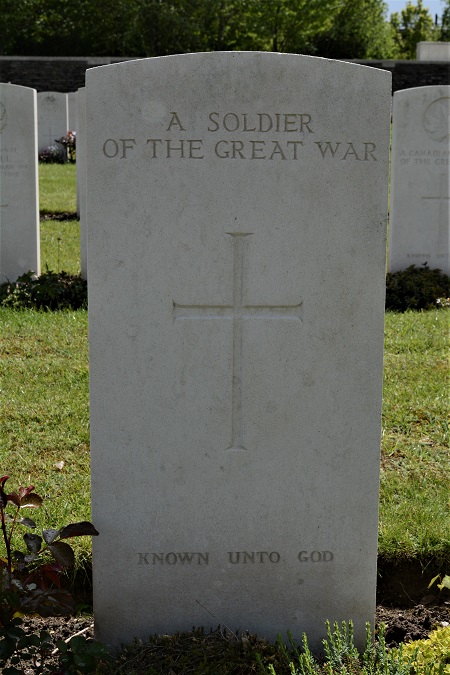
Some of the bodies were so severely damaged that they could not even tell which country they were from. This photo shows the grave of an unidentified soldier. Some of the bodies were so mixed that two, three or even four soldiers were buried in a single grave.



